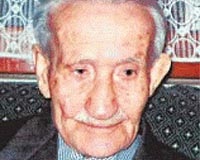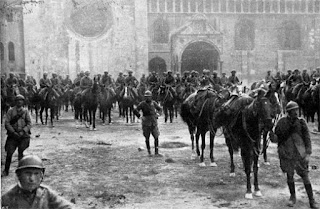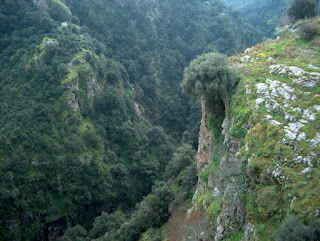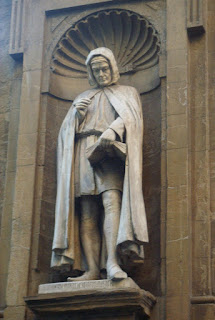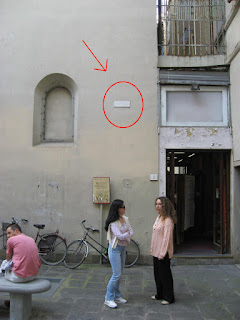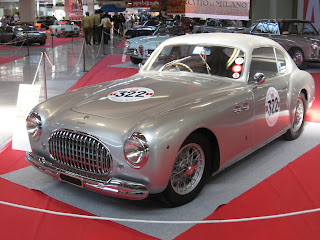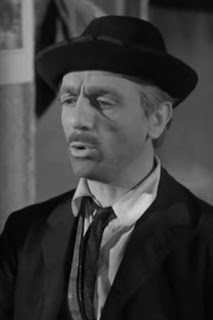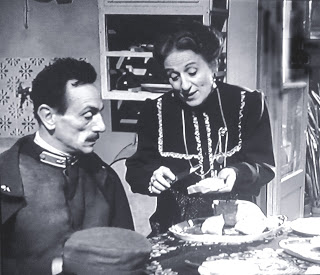Much respected presenter taken off air by Berlusconi
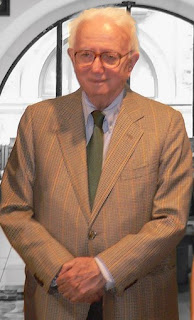 |
| Enzo Biagi, pictured in 2006 |
A staunch defender of the freedom of the press, Biagi himself was the victim of censorship from the highest level of the Italian government in 2002 when prime minister Silvio Berlusconi effectively sacked him from the public broadcaster RAI for what he called "criminal use" of the network.
In what became known as il Editto bulgaro - the Bulgarian Edict - because he made the pronouncement during a state visit to Sofia, Berlusconi named another journalist, Michele Santoro, and the satirical comedian, Daniele Luttazzi, as guilty of similar conduct and said it was his duty to "not to allow this to happen".
It meant that the last years of Biagi's life were marred somewhat by an absence from the screen that lasted five years. He made an emotional comeback in April 2007, seven months before his death, when Romani Prodi had begun his second stint as PM and saw to it that he was reinstated.
Berlusconi's disapproval of Biagi was thought to have related to two interviews he conducted during the run-up to the 2001 elections.
In the first, he appeared to be sympathetic to Berlusconi's opponent, Francesco Rutelli. The second - just two days before polling - was with Roberto Benigni, the actor-director and comedian, who poked fun at what he saw as a conflict between Berlusconi's political ambitions and his business interests.
 |
| Silvio Berlusconi banished Biagi from Italian state TV network RAI |
Born in 1920 in Lizzano in Belvedere, an Apennine village in Emilia-Romagna, the son of a warehouse guard, he began working for the Bologna newspaper Il Resto del Carlino at the age of 18. An opponent of Fascism, he joined the Italian partisans in 1943 and was a member of an anti-Fascist political movement at the time but during his journalistic career he never adhered to any political party.
After the Second World War, he moved to Milan and between 1952 and 1960 was editor of the magazine Epoca. He started working regularly for RAI in the 1960s, while continuing to write for leading newspapers.
He hosted many magazine programmes for the station, interviewing leading political leaders from Margaret Thatcher to Muammar Gadaffi, as well as key figures from his other great love, the cinema.
Biagi published more than 80 books, many about history and current affairs, as well as a biography of his friend, the actor Marcello Mastroianni. His 1987 book, Il boss è solo, based on interviews with the Mafia pentito (state witness) Tommaso Buscetta, won the Premio Bancarella literary prize.
 |
| The snow capped Corno alle Scale mountain is close to Biagi's home village of Lizzano in Belvedere |
Lizzano in Belvedere, in a mountainous area on the border between the provinces of Modena and Pistoia, offers all-year-round attractions, from skiing on the nearby Corno alle Scale peak in winter to trekking and mountain biking in the spring and summer, with the village centre well stocked with restaurants specialising in local dishes. The ancient round church, known as 'Rotonda' or 'Delubro', is an interesting feature.
Travel tip:
Bologna is the historic capital of Emilia-Romagna, at the centre of which is the spacious Piazza Maggiore, the social hub of the city, surrounded with arched colonnades, many attractive cafes and fine medieval and Renaissance buildings, including the Palazzo Comunale, the Fountain of Neptune and the imposing Basilica di San Petronio, which dominates the square.
More reading:
How journalist Bruno Vespa opened door to late-night political debate
Maurizio Costanzo - journalist host of Italy's longest running TV show
Roberto Benigni - Oscar-winning star and director of Life is Beautiful
Also on this day:
(Picture credits: Enzo Biagi by Stefano Vesco; Berlusconi by paz.ca; Corno alle Scale by Adriano Petrachi - all via Wikimedia Commons)
Home
